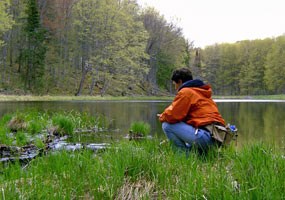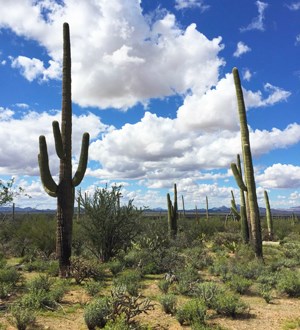Assembling The Problem For Growing Trees
Screening trees are becoming more and more necessary as homes are getting more detailed and more detailed together. Let's face it, we like our privacy and fences can only offer a lot. This is where trees come into play. Our stating here at Big Trees is "Huge Trees Make Great Neighbors." Whether it's a strong row of evergreens or a tactically put deciduous tree, this post will help you identify what alternatives are available and exactly what choices are best for your specific situation.
One of the most popular trees for screening is the emerald green arborvitae (Thuja occidentalis 'em erald green'). The emerald green arborvitae and the pyramidalis are different ranges of the exact same genus and types of tree. Since it maintains a nicer shape as it grows, the emerald green has actually become the more popular option over the years. Nevertheless, the pyramidalis are still reliable screening trees.
The emerald green is a thick evergreen that keeps its deep green color all year. Since of its columnar development habit, and limited spread, the emerald green is an excellent selection for small planting areas.
Emerald greens will form a low maintenance solid hedge if planted properly. The dense and columnar development practice of emerald greens suggests that they require little maintenance and no pruning. Nevertheless, emeralds can quickly be sheared back to limit their spread and the tops can be trimmed to create consistent heights. Emerald greens are frequently planted on 2 to 3 foot centers. This means that there will be 2 or 3 feet between each tree trunk. Choosing a wider spacing means that you save money on expense however you will have to wait on the hedge to become solid.
Emerald greens mature to be 15-20' high by 3-4' large. They prosper completely sun and in damp but well drained soils. When planted in shady locations, emerald greens have a tendency to thin out and establish patchy brown areas. The one downside to the emerald green is that they are sluggish growing. On average they will grow about 6-8" each year. Attention to irrigation and correct fertilization can help promote development.
Finest Picks for larger Planting Spaces: Leyland Cypress and Excelsa Cedars
Both the leyland cypress and the excelsa cedars make exceptional screening trees. If needed, they are fast growing trees that can be hedged or preserved at a smaller sized size. The leyland cypress can seem less than outstanding initially however they get full and huge quickly. As soon as developed the leyland cypress can grow 3' annually and the excelsa cedars trail a little at 2' per year.
Leyland cypress mature to be 50' high by 20' broad and the excelsa grows to be 40' high by 12' wide. Both are frequently planted on five to twelve foot centers. Our Huge Tree horticulturalists can help you identify the best spacing for your particular circumstance and your long term landscape goals.
The leyland cypress prospers completely sun whereas the excelsa cedar will thrive completely sun to shade. Other, bigger evergreen tree choice are; castlewellan cypress, virescens cedar, Douglas fir, western red cedar, pines and incense cedar.
Broadleaf evergreens are leafy trees that preserve their foliage all year. Our most popular kinds of broadleaf evergreen used for screening are the Portuguese and English laurels. Both grow to be near to 20' tall by 15' broad. They can grow one to two feet annually.


Deciduous trees, or trees that drop their leaves in fall, are frequently neglected for evaluating functions. Because they can offer you coverage when you are outside in the summer and they let light into your home in the winter season, we recommend them regularly here at Big Trees. Deciduous trees typically are the best shape for screening, large on top narrow at the base unlike evergreens which are primarily cone shaped, wide at the base and narrow at the top. Deciduous trees offer you coverage when you require it and where you require it and frequently when they are bare in the winter the branch structure alone can develop a good visual block. Some deciduous trees are much better screeners than others. Trees like the thundercloud plum or decorative pears have dense branch structure and they leaf out early and they hold their leaves longer than other deciduous trees making them outstanding screening trees.
We hope this assists you http://treeislife.over-blog.com narrow down the search for the ideal screening tree. Please call us if you have any concerns. We can help you pick the very best trees for your particular circumstance and budget plan.
